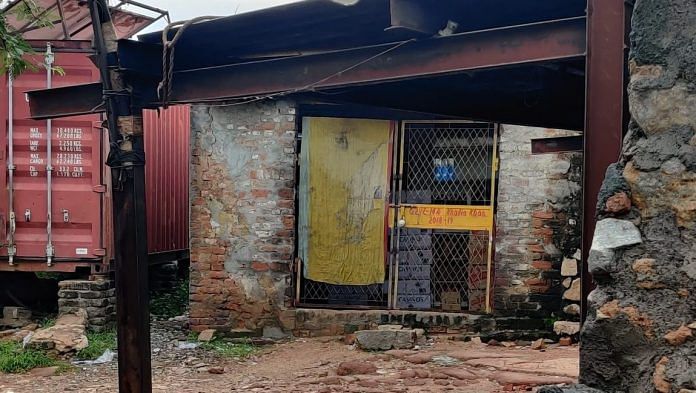New Delhi: Blaring sirens and flashing red lights break the peace of Delhi’s lush Asola-Bhatti Wildlife Sanctuary. Four bootleggers on two motorcycles race through the dirt tracks, bottles of liquor clanking with every bump on the road, while forest department officials give chase in their SUV.
Each motorcycle has two cartons of ‘Asli Santra Masaledar Desi Sharab’, a liquor meant for sale “only in Haryana”, sandwiched precariously between the rider and the pillion. After a 45-minute pursuit, the officials finally manage to catch the bootleggers.
Their motorcycles join the two dozen bikes rusting in the sanctuary’s parking lot, all seized during similar operations in the last two months. Instead of protecting the leopards, hyenas, civets, jackals, nilgai, spotted deer, and other animals that inhabit urban jungles, forest officials are increasingly crossing swords with bootleggers. Except, the short-staffed and ill-equipped Delhi forest department is doing it with batons and sticks.
“They use motorcycles or carry the cartons on foot. We have dug deep holes along their usual routes and set up thorn traps along various points in the forest, but these bootleggers always find new ways to smuggle their alcohol into Delhi,” said Dinesh Singh, a forest guard who patrols the sanctuary.
The absence of adequate police surveillance makes Delhi’s forests an easy passage to route alcohol from Haryana to Delhi. And it’s not just the liquor mafia that is making hay under the cover of forests. The city’s forest reserves have become a hotbed for drug traders, poachers, land grabbers, timber thieves, and vandals. Worryingly, the department tasked for security has limited staff and no weapons, and relies on a network of local informers.
What will you do with a stick? The mafia that operates here has guns, power, and money
— a forest guard
A senior forest official from the district said that the liquor smugglers have expanded operations in the forest over the last three-four years. “Since 2020, these cases have been particularly high,” the official said requesting anonymity.
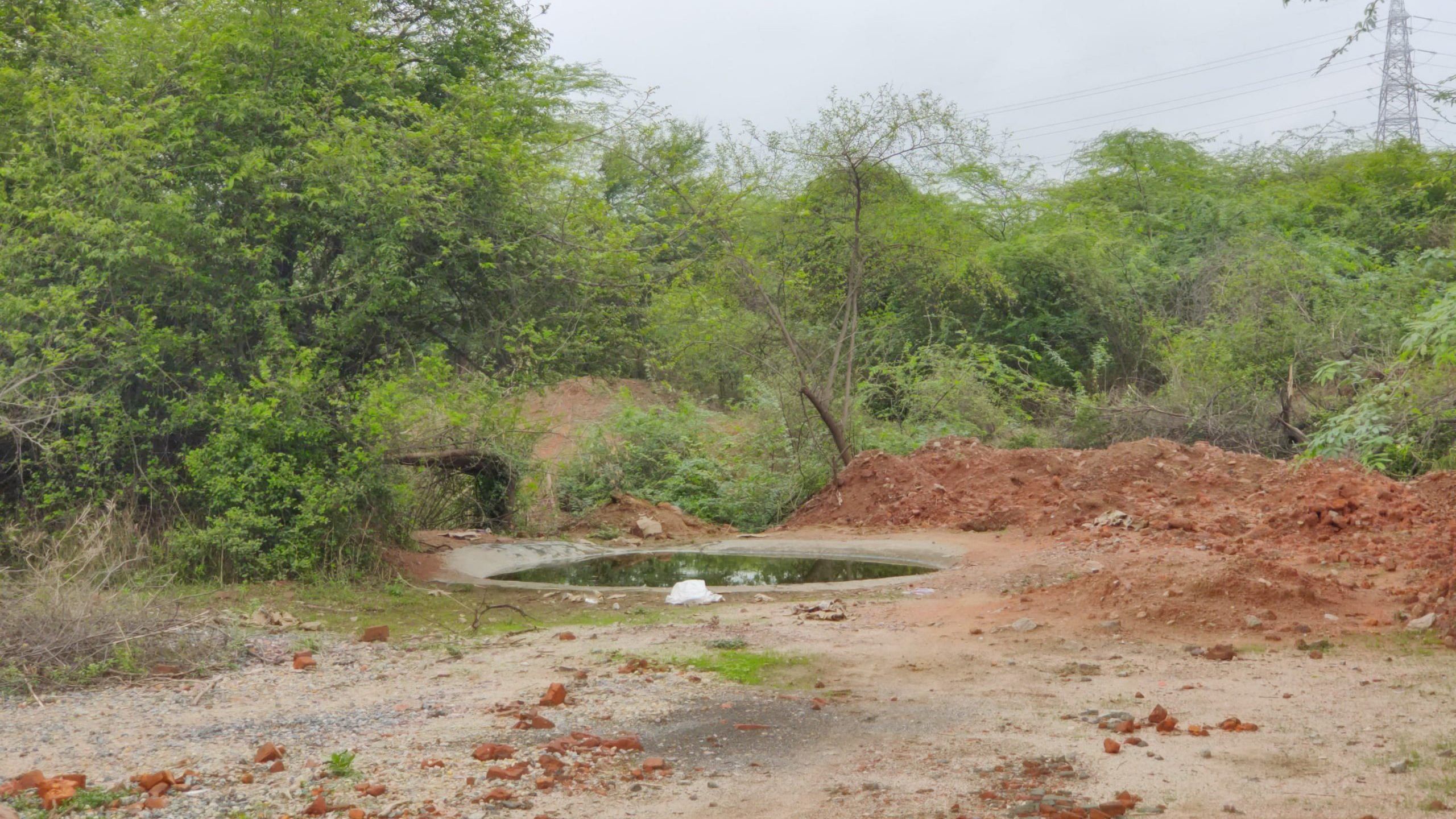
How bootleggers operate
Forest officials have just finished rebuilding a portion of the boundary wall around the 32 sq km Asola-Bhatti Wildlife Sanctuary. It is the third time this year that the wall had to be repaired, and chances are high it will have to be patched up again. For the 12 forest officials, who are spread too thin, it’s an exercise in futility.
Liquor smugglers keep pulling parts of the wall down to create access points between the thekas (vends) on the Haryana side and Delhi.
“There are small make-shift liquor vendors operating from Anangpur and Sarang villages in Haryana, located right at the Delhi border. Villagers brew their own liquor, and because of its proximity to the reserve area, the forests become a convenient corridor,” said Raju Chauhan, a former bootlegger in Sangam Vihar.
Unlike the road routes that are heavily patrolled with regular police pickets, the reserve is safer. “The security in the forest is less. Even if there is patrolling on some days, it is still a safer option,” he added.
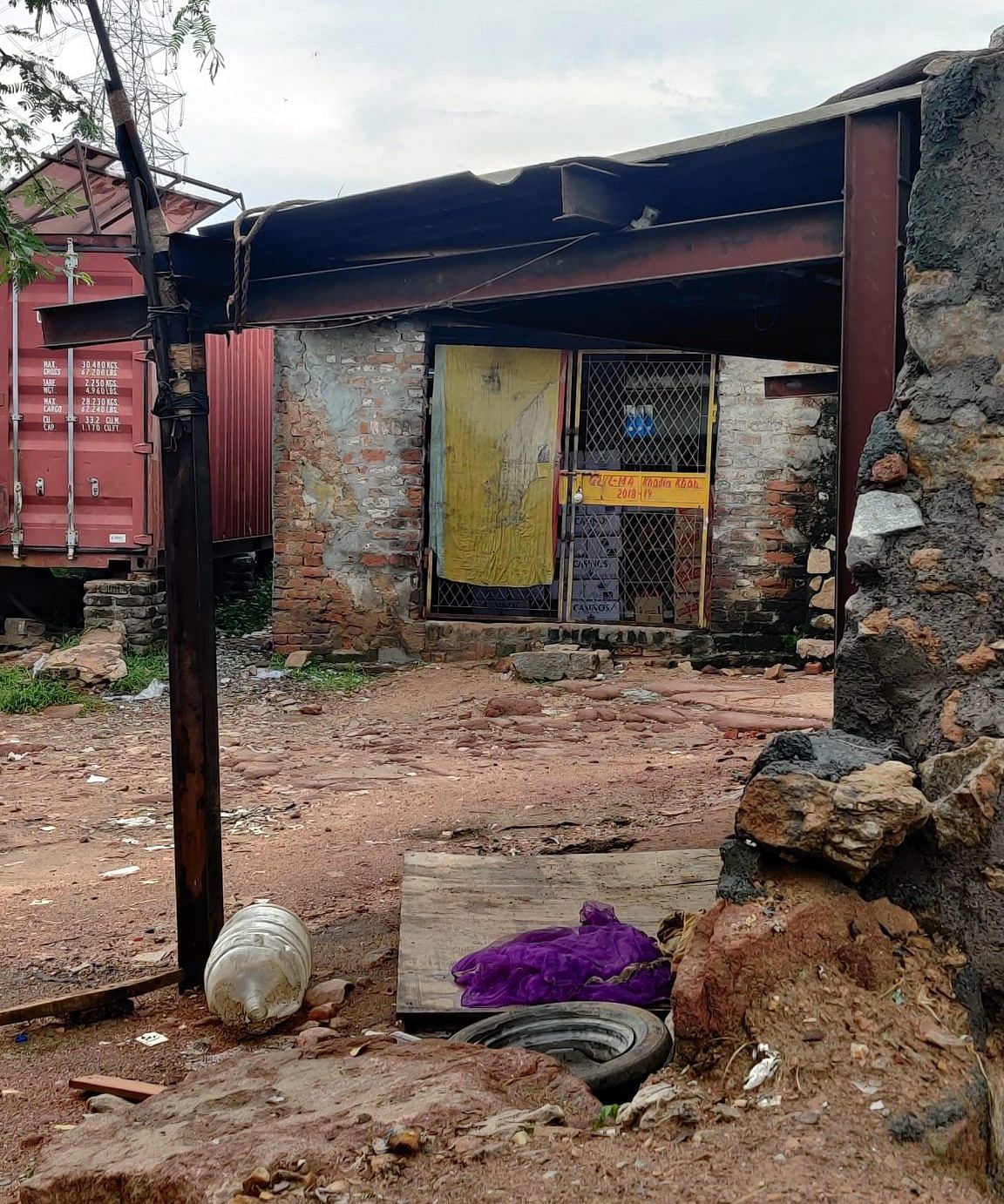
On the Delhi side, the broken wall opens into a web of dirt paths that help bootleggers navigate the reserve and reach their destination.
“It’s demand from Delhi that keeps the business going. There’s a huge market here,” said Chauhan, who realised he could no longer stomach the risk of getting caught once he became a father. He is a vegetable vendor now, but admits bootlegging is more profitable.
“The alcohol is better tasting, readily available, and because it is routed illegally, does not attract any taxes,” he added.
The liquor smuggled into Delhi is mostly made locally in Haryana. Large portable cabin-like structures in the bordering villages with cauldrons and bottles lined up form their “manufacturing unit”.
It’s demand from Delhi that keeps the business going. There’s a huge market here. The alcohol is better tasting, readily available, and because it is routed illegally, does not attract any taxes
— Raju Chauhan, a former bootlegger
Once the liquor reaches the colonies of Sangam Vihar and Devli, it is distributed to other parts of the city, where unlicensed vendors—often vegetable vendors, pan shops, and small grocery stores—sell it. At Sangam Vihar, a quarter bottle of the Haryana-made liquor costs Rs 30-50. The flavoured varieties—there are 12 types ranging from jamun to orange—cost around Rs 55-60. The possible cost of brewing and packaging these is less than Re 1 per bottle.
That said, alcohol is not limited to local brands. Bootleggers also cater to the more well-heeled Delhi clients who want to purchase Old Monk, Royal Stag, and McDowell’s at lower rates. However, the quality and authenticity of these brands are questionable.
“This operation is not a small network run by a few people. It is a large chain that works on multiple levels. There are brewers, transporters, middlemen, and distributors. The ones who get caught are the transporters, but if you catch one, they will employ another rider the very next day. The job does not stop,” said a forest official who did not want to be named.
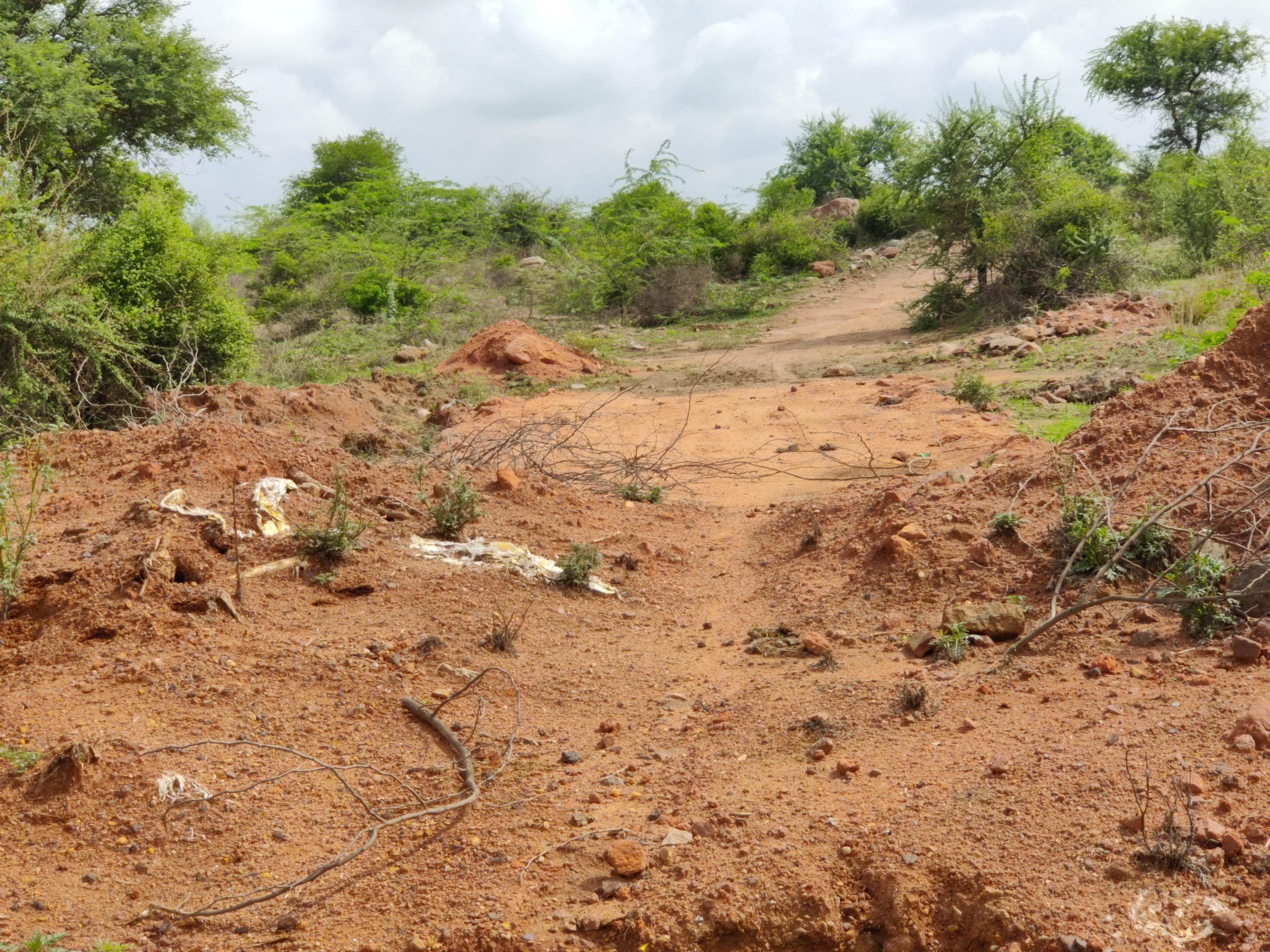
Fewer staff, tall task
Singh, one of the forest patrollers at Asola Wildlife Sanctuary, starts his shift armed with a baton. It’s the lone communal lathi shared among the 12 forest officials to combat crime. He spends seven hours single-handedly patrolling the regular routes of bootleggers before he sets up camp at one of the towers from where he can monitor a larger swathe of the forest.
Last year, environmental activist Bhavreen Kandhari filed a petition before the Delhi High Court seeking to deploy more staff to the department. The Principal Chief Conservator of Forests (PCCF) of Delhi had admitted in court that the forest department was facing constant threats from land grabbers and mafia, who make “rampant encroachment on forest land.” The department also proposed engaging paramilitary forces to assist their undertrained and ill-equipped staff.
The court directed the Centre to consider the possibility of deploying additional security forces in the city’s forests to control illegal activities and encroachments.
However, despite court intervention, the department continues to be hamstrung by severe personnel and equipment shortages, Kandhari said.
A forest guard at the north division compares guarding Delhi’s forests to hunting a pack of lions with a stick.
“What will you do with a stick? The mafia that operates here has guns, power, and money,” said the guard.
According to 2023 reports, the Delhi Forest Department has only 66 forest guards, two rangers, and two inspectors—employed on a contractual basis. This includes the 12 officials patrolling the Asola Reserve. What it needs are 211 forest guards, 11 wildlife guards, four rangers, and seven inspectors, the department said in court. Last year, it proposed the creation of new positions to strengthen its functioning, but the appointments are yet to be made.
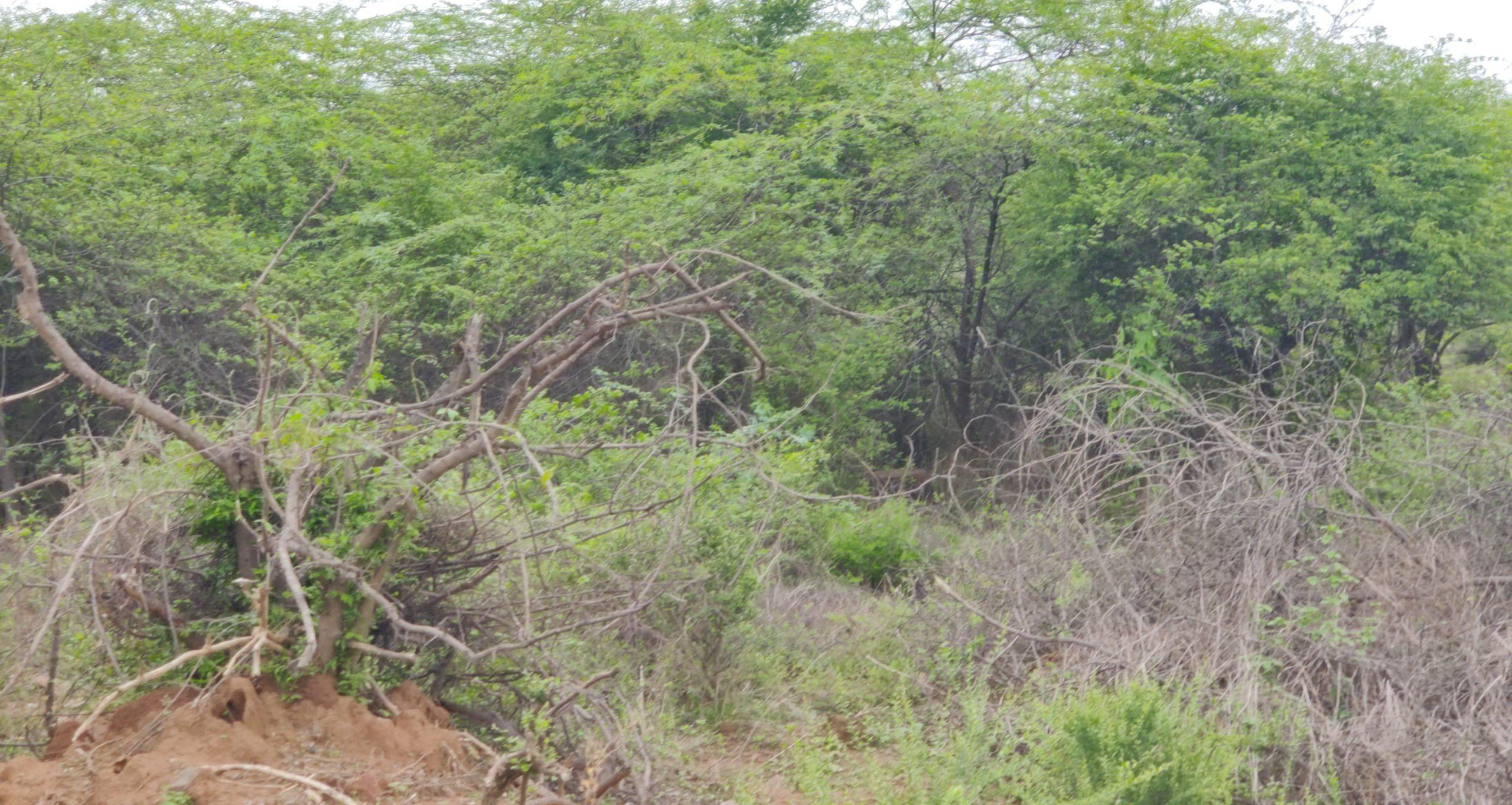
In the absence of staff, forest officials rely heavily on a network of informers, who range from villagers to local women and former bootleggers. Some pass on information about the movement of “consignments” for a fee, said a forest official who did not want to be named.
Often, officials appeal to the women to keep their husbands away from their business. In 2015, the Delhi Police started a rehabilitation programme in Sangam Vihar. Over 200 bootleggers signed up and switched to selling milk or vegetables instead of smuggling alcohol. While the programme continues to attract many away from criminal activities, many of those “reformed” have slid back into the bootlegging business.
Suneesh Buxy, Delhi’s Chief Wildlife Warden and Additional Principal Chief Conservator of Forests, told ThePrint that there were plans to strengthen the department in the coming months but refused to provide details.
Liquor shortage keeps business alive
The bouts of liquor shortage in Delhi in the last few years have breathed new life into the illegal liquor business.
Throughout 2020 and 2021, when nearly all government officials were delegated for pandemic management, liquor smugglers operated freely in the city’s forests to meet the Capital’s alcohol demand.
In 2022, the situation worsened when Delhi’s ambitious new liquor policy was rolled back, leading to the closure of many authorised liquor stores and limited supplies in those that remained. Bootleggers seized this opportunity to expand their operations.
A senior official from the Union environment ministry said that such prolonged liquor shortages have only encouraged bootlegging. Every time the city faced a shortage of alcohol in authorised stores, there was a significant rise in interstate alcohol smuggling into Delhi.
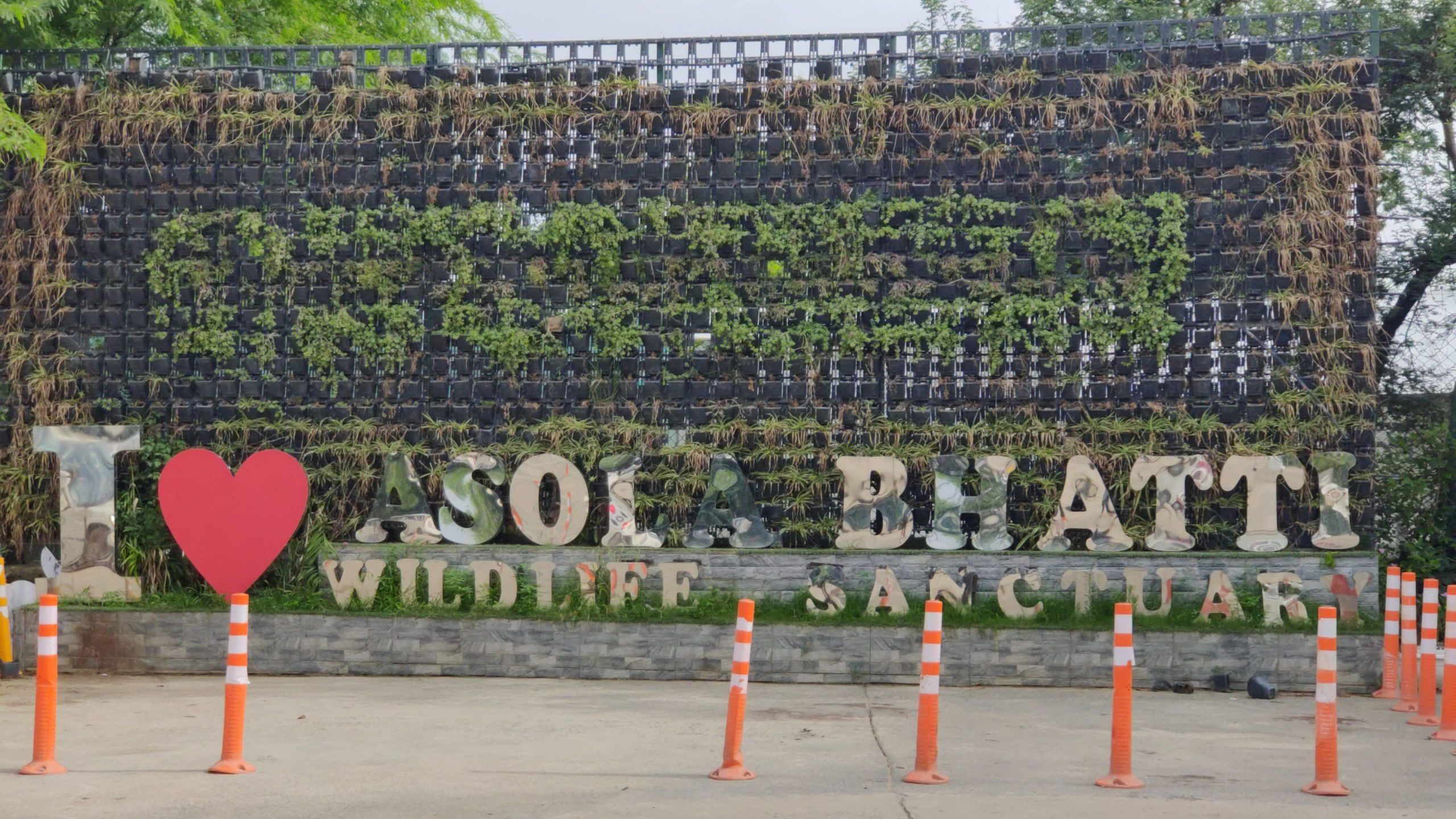
“They have been catering to public demand. During the liquor policy rollback, many people from Delhi drove to liquor stores in Haryana to stock up, but there was a limit to the amount of alcohol you could carry interstate. That promoted the business of such smugglers,” the official explained.
According to local police personnel at Sangam Vihar and Devli, over 500 cartons—amounting to around 20,000 quarter bottles of liquor—were seized in the southern part of the city between January and May this year. In recent months, due to the general elections, liquor peddling from Haryana has peaked.
“This liquor from Haryana is used in election rallies and public gatherings by local political parties to lure voters. During the election period, we had joint operations with the forest department to stop alcohol smuggling, where large quantities of alcohol were seized,” a police official from the Sangam Vihar police station told ThePrint.
Damages to forest and wildlife
The city’s forests, particularly in the northwest and western peripheries, are plagued by encroachments, land mafia, drug trade and consumption, and timber trade. A Central Empowered Committee (CEC) report presented before the Supreme Court in May revealed that 308 hectares of the ecologically sensitive Delhi Ridge were encroached upon, with private buildings, huts, cemeteries, etc., built on forest lands. Forest officials also confirmed small-scale poaching and drug consumption in the northern and central ridge areas of Delhi.
Experts say these activities can cause lasting damage to the forest and its wildlife. Baiju Raj, director of conservative projects at Wildlife SOS, a conservation non-profit organisation, said that criminal activities, including human and vehicular movements, loud sounds and flashy lights, and setting fires in the forests, can disturb wildlife and impact vegetation.
“If you look at large sanctuaries in the country, even tourist movement is limited or completely restrained in the core areas. Increased presence of humans in the forests will also lead to activities like poaching and tree cutting,” Raj said.
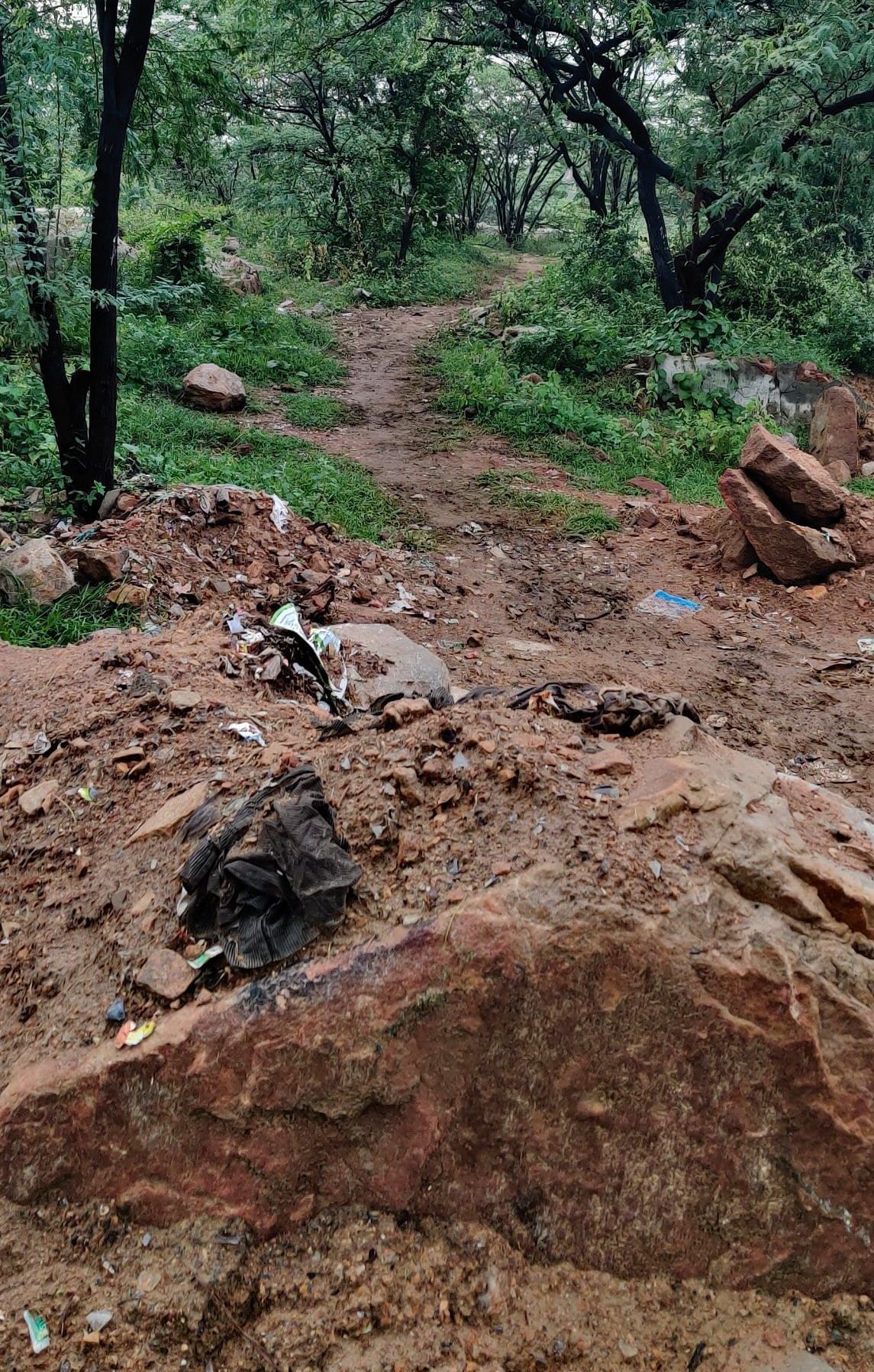
These activities can only be controlled with a strengthened department and stringent forest protection laws. Government records show that Delhi’s forests—especially the sprawling Asola Sanctuary—are home to around 13 leopards and a sizeable population of nilgai, hyenas, civets, jackals, blackbuck, spotted deer, mongoose, and other animals. They also host a wide variety of migratory birds every season.
Passing the baton
Three years ago, a team of four forest officials were brutally beaten up by a group of 20-25 men at the Asola-Bhatti Wildlife Sanctuary. It was a planned attack. The men took cover under the canopy and waited for the evening patrolling team before attacking them with iron rods, sticks, and chains.
The injured officials alleged that the attackers were the liquor mafia, whose business had been impacted by increased patrolling in the forest.
“The men screamed abuses at us, saying ‘Will you stop us now?’,” said Satyendra Prakash, who was the range officer on duty during the attack. He carried his injured colleagues in his personal car and drove them to the hospital.
“The tables turned that day. These men came after our officials with a vengeance. They were attacking to kill,” said Prakash, who is now posted at the forest headquarters in central Delhi.
A junior staff member at his office clears a tall pile of files in the headquarters, filled with case reports of cartons of liquor seized during forest raids, records of encroachments, and drug traders. Most have gotten away with minimal punishments or fines as low as Rs 500. In most cases, these men and women are completely absolved of their crimes without legal action.
“How can we stop it? There is no deterrence in law,” the man covered in a cloud of dusty files said.
There’s a plan to bring in a canine unit or dog squad to guard the boundaries of Asola, but that is pending approval from the ministry. For now, the guards at the reserve are passing the baton.
(Edited by Prashant)



